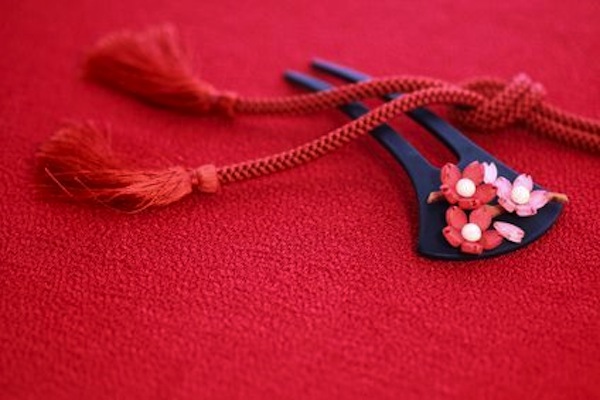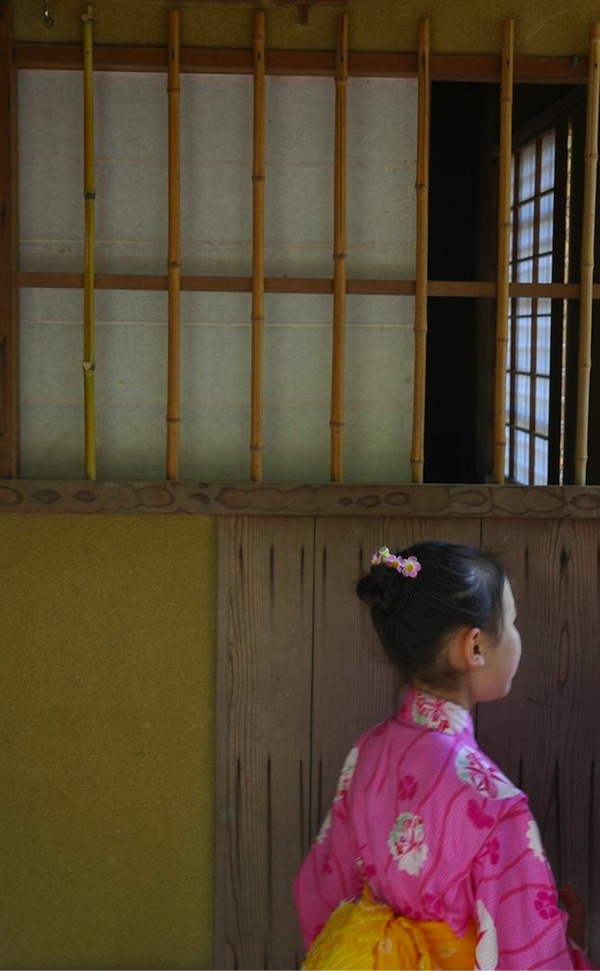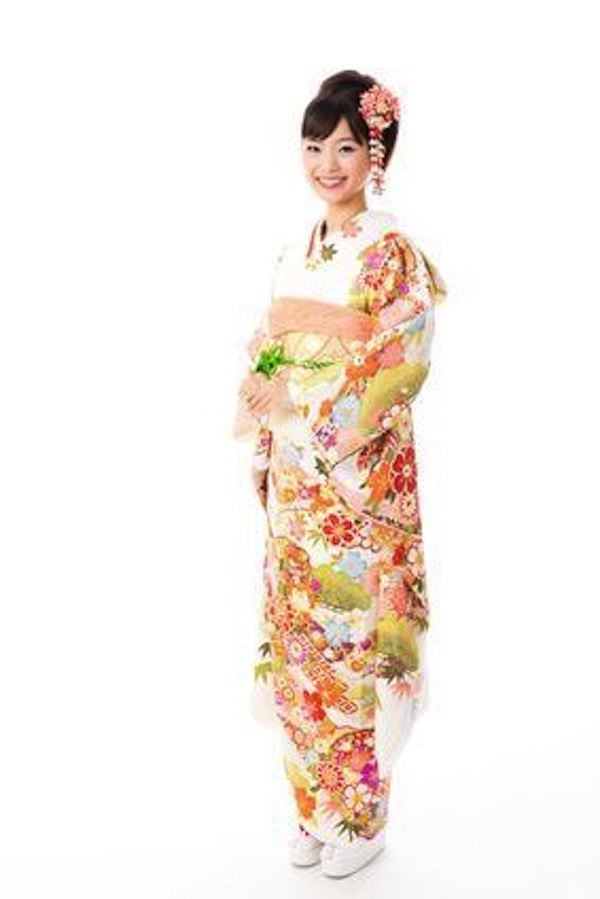The width of roll of cloth used to make kimono is fixed, and its length is also generally fixed.
Lately, the body size of Japanese people have gotten bigger, and the size of kimono fabrics have also gradually gotten bigger. However, it is not a good fit for even larger people. It is rather easy to fix it when the length is not enough. Simply cut out the insufficient potion (usually worth one sleeve) from other kimono fabrics. When the width is not enough, stretch the fabric after attaching a fabric to the sleeve on the body part. The body, from the start, comes with enough margins to sew up, so the width of the body can be easily widened by reducing these margins. If it is still not big enough, additional fabrics are to be attached to the sides of the body.
This method of adding the width is called “Wari wo Ireru (adding margins)”. In the past, sumo wrestlers (rikishi) were already big. So it was common to wear kimono with added margins. And naturally, bigger sumo wrestlers were stronger. So those wrestlers who were still lowly ranked purposely made kimono with added margins, though not needed, in hope of becoming larger in the future. Because of this tradition, kimono with added margins are considered as lucky charms with a hope of “getting larger in the future” even now.










